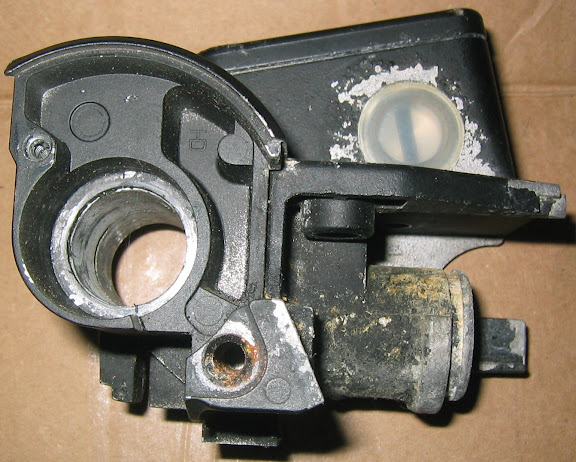musclehealchance
New member
Re: Brake bleeding issues.
I have never had good luck with a vacuum bleeder. Air always pulled past the threads. Go get a "one man brake bleeder"
Believe a "One Man Pump" is what I have been using Paul. However perhaps I need an improved technique? Bill Ed.



